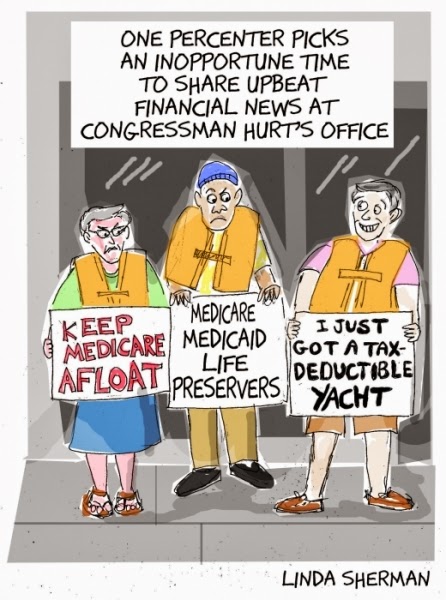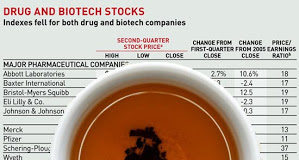According to Investopedia, a “Blockbuster” drug is “An extremely popular drug that generates annual sales of at least $1 billion for the company that creates it. Examples of blockbuster drugs include Vioxx, Lipitor and Zoloft. Blockbuster drugs are commonly used to treat common medical problems like high cholesterol, diabetes, high blood pressure, asthma and cancer.”
These days, however, “common medical problems” for which there are no new drugs are few and far between. Pharma companies are focusing on less common medical conditions — i.e., “rare” diseases, which have previously been ignored because there just aren’t enough potential patients to generate a $ Billion in annual drug sales.
The FDA provides incentives for drug companies to develop products for rare diseases with fewer than 200,000 patients. According to the FDA, the program has “successfully enabled the development and marketing of more than 400 drugs and biologic products for rare diseases since 1983. In contrast, fewer than 10 such products supported by industry came to market between 1973 and 1983.”
But some pharma companies don’t need no stinking incentives from the FDA to generate a $1 Billion in sales from as few as 10,000 to 20,000 patients.
Gilead, for example, only needs 15,000 patients to generate $1 Billion in sales of its recently approved HCV treatment, Sovaldi. There are an estimated 3.2 million Americans with chronic Hepatitis C infection. Gilead only has to provide 0.5% of them with Sovaldi to reach the magic $1 Billion in sales. Of course, Gilead would like to make more than $1 Billion from Sovaldi, maybe even $20 Billion, which would require treating 10% of current Hep C sufferers. OK, not quite “one percent,” but close enough for all practical purposes!
Investopedia points out that although a blockbuster drug can be “a major factor in a pharmaceutical company’s success… it can also cause major problems for a company if the drug is discovered to have problematic side effects or is recalled after being released.” Sovaldi is already causing “major problems” for Gilead and it has nothing to do with side effects unless you call its staggering price a side effect.
Sovaldi and similar “blockbuster” drugs that cost upwards of $100,000 per treatment are obviously meant for “rich” patients who can afford the coverage and co-payments. That is why California congressmen Henry Waxman (D- CA) sent a letter (here) to Gilead CEO Dr. John C Martin last Thursday requesting a briefing over the drug’s price.
It is ironic that Waxman was the principal author of the original Orphan Drug Act, which established the fast-track FDA approval program mentioned above. In his letter, Waxman, noted one other ironic fact: every year 15,000 Americans die as a result of Hep C infection — precisely the number that Gilead needs to treat to reach $1 Billion in sales of Sovaldi. Will those sales eliminate these deaths? Not unless the drug reaches more than 0.5% of patients! And to reach more patients, Gilead must lower the price and work harder to reach the $1 Billion sales goal. A modern pharma Catch 22!









![6 Digital Tools at the Center of Healthcare Digitalization [INFOGRAPHIC]](http://ec2-54-175-84-28.compute-1.amazonaws.com/pharma-mkting.com/wp-content/uploads/2021/04/6DigitalTools_600px-100x70.jpg)




